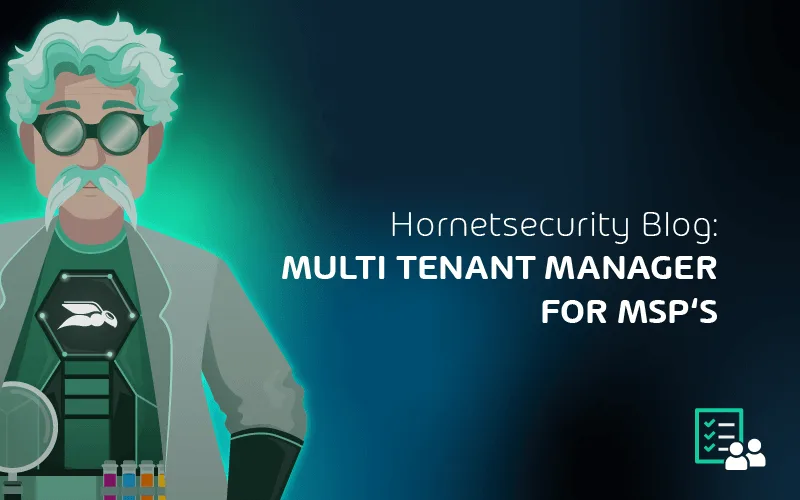

What Is Endpoint Backup, and How Does It Work?
Definition of Endpoint Backup
Endpoint backup software ensures data security and ease of recovery by automatically backing up data from devices such as desktops, laptops, cellphones, and tablets. Its functions include file versioning, encryption, remote access, and continuous data protection.
The market for endpoint backup software is flourishing with the increasing usage of mobile devices and growing concerns about data security. Data protection on all endpoints ᅳ including employee-owned remote devicesᅳis becoming a top priority for organizations.
Remote work has become the new normal, and so does the increasing demand for endpoint backup software since it protects confidential data from theft or loss.
Why Endpoint Backup?
Numerous possible data loss scenarios are guarded against by endpoint backup solutions, including:
- Hardware failure: Data and configurations can be transferred to a new device using an endpoint backup in the event of device hardware failure.
- Ransomware attacks: The best defense against ransomware, hands down, is a proper Backup solution that guarantees the recovery of your data.
- Natural disasters: Data can be restored during a natural disaster event that affects the primary location if backups are kept in a remote location.
- Human error: Data that has been inadvertently erased or overwritten by an employee can be restored using backups.
- Devices that have been lost or stolen: If a device is lost or stolen, backups can be utilized to restore data to a new device.
How Does Endpoint Backup Work?
Installation and Setup
The journey of endpoint total backup begins with the installation of specialized software on each individual device requiring protection. This software, provided by dedicated backup vendors or integrated within comprehensive data protection suites, establishes a secure connection between the endpoint and the backup infrastructure.
End-users or designated IT administrators specify which files, directories, and apps to include in the backup scope during the setup process. Furthermore, preferences are configured to conform to user preferences and organizational requirements. These preferences include backup frequency, retention regulations, and encryption settings.
Data Backup Process
Once configured, the endpoint backup solution operates silently in the background, continuously monitoring designated files and folders for changes or updates. When new data is created, or existing files are modified, the backup software swiftly captures these changes and initiates the backup process.
Depending on the chosen backup strategy, endpoint backup solutions typically employ one of the following methods:
- Incremental Backup: In this approach, only the changes made since the last backup are transferred to the backup repository, minimizing bandwidth usage and storage requirements.
- Differential Backup: Only data added or altered since the last complete backup is copied using a differential backup technique. A backup on Monday would replicate all of the changes made since Sunday if your last complete backup occurred on Sunday. All of the modifications made since Sunday would be replicated if you made another backup on Tuesday. The backup file’s size would gradually grow until the subsequent complete backup.
- Full Backup: Alternatively, some solutions may perform periodic full backups, where all selected data is copied to the backup destination. While this method ensures comprehensive data protection, it may consume more storage space and network resources.
Secure Data Storage
The backed-up data is securely transmitted to a designated backup destination, which can vary depending on the organization’s preferences and infrastructure. Common storage options include:
- On-Premises Servers: Data is stored on internal servers or network-attached storage (NAS) devices within the organization’s premises, offering complete control over data sovereignty and compliance.
- Cloud Storage: Alternatively, organizations may opt for cloud-based backup solutions, leveraging secure and scalable storage provided by third-party cloud service providers. This approach offers flexibility, accessibility, and reduced infrastructure overhead.
Regardless of the chosen storage method, endpoint backup solutions prioritize data security through encryption, access controls, and other advanced security measures, safeguarding sensitive information from unauthorized access or data breaches.
Restoration and Recovery
In the unfortunate event of data loss, device failure, or cyberattack, the true value of endpoint backup shines through during the restoration and recovery phase. Users can leverage the backup solution’s intuitive interface to initiate recovery, selectively restoring individual files, folders, or entire system images to their original state.
Due to the online public visibility of MX records and auto-discover entries, attackers can easily identify an M365 user. As a result, it is essential that you safeguard your enterprise M365 accounts using available settings in Microsoft 365, Entra ID (formerly Azure AD) and Microsoft Defender.
Types of Endpoint Backup
Generally, endpoint backup could have a different use case for every organization, and not every endpoint should and will get the same type of backup. Here are few examples:
File-level Backup
A scenario where you are safeguarding your client, customers or other sensitive data, on a server, let’s say in an air gap system. A natural disaster could easily wipe out all of the data, and it is a wise decision to use File Level Backup to ensure the information is safe.
Image-Based Backup
This type of backup, takes a snapshot of your whole system, settings, Operating system, applications, and data. It is a wise decision where sensitive data is kept on an employee workstation where crucial information is shared between departments on a daily basis.
Continuous Data Protection
CDP solutions capture continuous changes on data on endpoints, in real time (True CDP) or sometimes frequent intervals to ensure data loss is minimized (Near CDP). This solves the problem of the “backup window”, where organizations are at risk of losing data created between two scheduled backups. It also provides powerful protection against threats like malware and ransomware, as well as sabotage or accidental deletion of data.
To properly backup your Microsoft 365 environment, use Hornetsecurity one-of-a-kind services:
To keep up with the latest Microsoft 365 articles and practices, visit our Hornetsecurity blog now.
Conclusion
Endpoint backup is becoming a business necessity rather than a luxury as cybersecurity threats are on the rise!
You can safeguard important data and guarantee operational resilience by getting in touch with a reputable endpoint backup solution supplier so you can concentrate on long-term success.
FAQ
Endpoint protection provides monitoring and comprehensive defense on devices such as Desktops, laptops, tablets, smartphones and other gadgets from a wide area of cyber attacks, protecting the data they contain from unauthorized access and changes.
Even in the absence of symptoms, there may be malicious malware on your computer. Without your knowledge or approval, this kind of software can gather data about you and your machine. However, nowadays, endpoint backup/protection can help you stay data compliant by meeting compliance with regulatory requirements such as HIPAA, GDPR, SOC2 and ISO27001 standards.
An endpoint is a physical device such as desktop, laptop, tablet and any IoT device.

